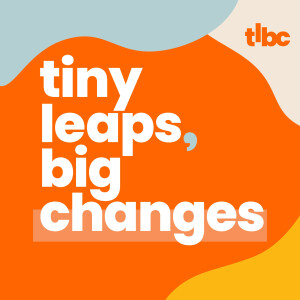
Idea: In order to shift a collective culture that reinforces unconscious bias across the board, we surprisingly may need to place a larger spotlight on our individual differences within communities.
The End of Bias: A Beginning (Jessica Nordell)
These passages are from Chapter 10: Unbreaking Culture
Passages:
Transforming the minds, hearts, and habits of individuals i one way to change bias. Another, as we’ve seen, is to change processes, structures, and the culture of organizations. The two, of course, are intertwined: individuals create the processes, structures, and organizational culture, and these in turn shape individuals’ thoughts and actions. But we are also the product of our larger culture – the broader environment in which we live. Change can additionally begin from this third starting point.
In a set of experiments by Abdelatif Er-Rafiy and Markus Brauer, researchers created large posters with photographs of people of Arab origin. The posters had the person’s name, age, and a distinct personality trait such as “Optimistic” or “Stingy”. Finally, each poster had the words “What makes us the same is that we are all different” as part of the campaign.
Researcher’s then measured an individual’s unconscious bias towards people of Arab origin after seeing the posters and found that they acted in a less biased way. Jessica goes on the highlight that the findings suggest that unconscious bias towards racial, cultural, or ethnic groups require one to view those groups as one body over which one can apply their beliefs or view. The idea of “all black people are…” or “every Muslim is…”. But when the idea of individuals within these groups are highlighted, it becomes more difficult to make sweeping assumptions about the whole group.
This is Interesting Because:
- One would assume that the key to shifting cultural bias would be to help people recognize their connection to a larger collective. The idea being that if we can each understand that our actions and thoughts and feelings play a real role in the larger society we live in and can affect things in major ways, that we’d find it easier to act with others in mind.
- This study actually shows the opposite, that by showing people that this group and that group are made up for individuals each with unique characteristics, it makes it harder to cast assumptions in the first place.
- It also means that, while I still believe that capitalism as a system is one that places far too much weight on the idea of you as an individual, so much so that it disconnects you and your role from the society you live in, the idea of individualism as a whole is incredibly valuable and has it’s role to play.
More Episodes
 2021-10-25
2021-10-25
 2021-10-24
2021-10-24
 2021-10-23
2021-10-23
 2021-10-22
2021-10-22
 2021-10-21
2021-10-21
 2021-10-20
2021-10-20
 2021-10-19
2021-10-19
 2021-10-18
2021-10-18
 2021-10-12
2021-10-12
 2021-10-07
2021-10-07
 2021-10-05
2021-10-05
 2021-09-29
2021-09-29
 2021-09-27
2021-09-27
 2021-09-24
2021-09-24
 2021-09-22
2021-09-22
 2021-09-20
2021-09-20
 2021-09-17
2021-09-17
 2021-09-15
2021-09-15
 2021-09-14
2021-09-14
 2021-09-08
2021-09-08
Create your
podcast in
minutes
- Full-featured podcast site
- Unlimited storage and bandwidth
- Comprehensive podcast stats
- Distribute to Apple Podcasts, Spotify, and more
- Make money with your podcast
It is Free
- Privacy Policy
- Cookie Policy
- Terms of Use
- Consent Preferences
- Copyright © 2015-2024 Podbean.com



